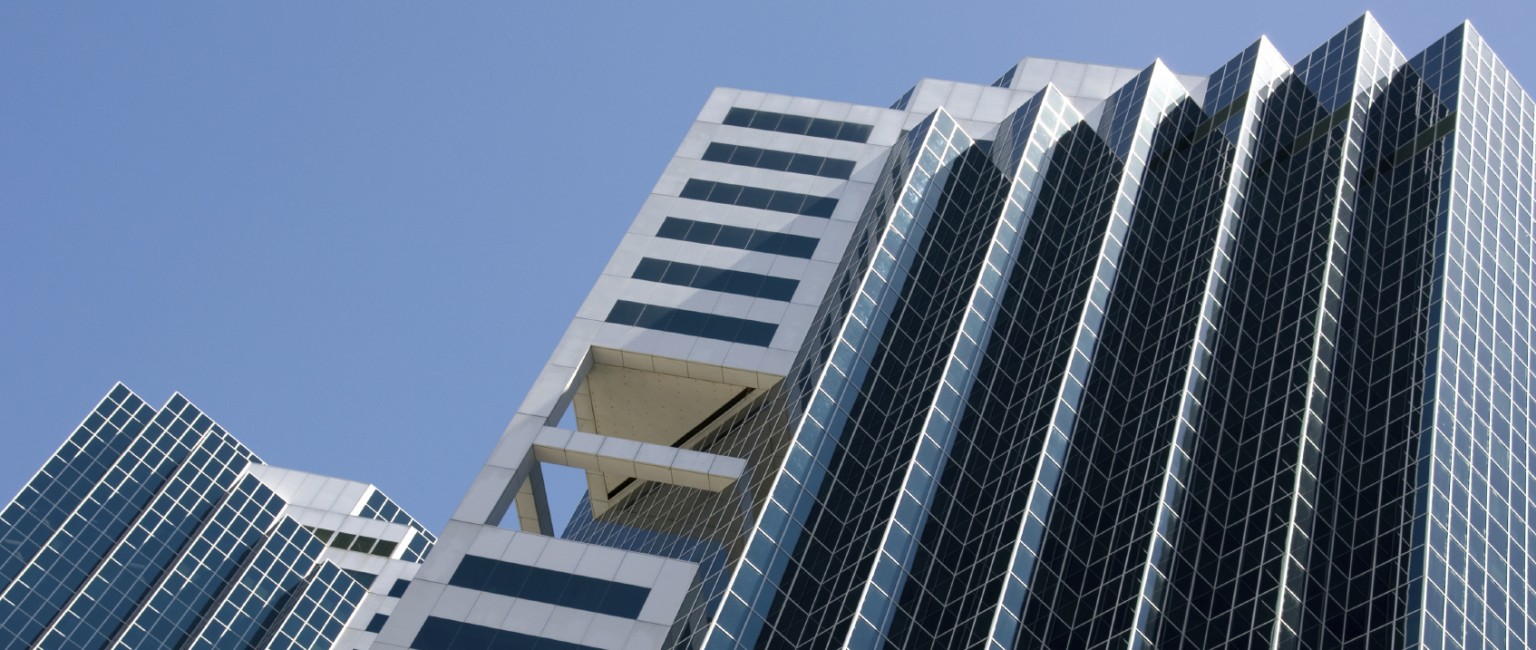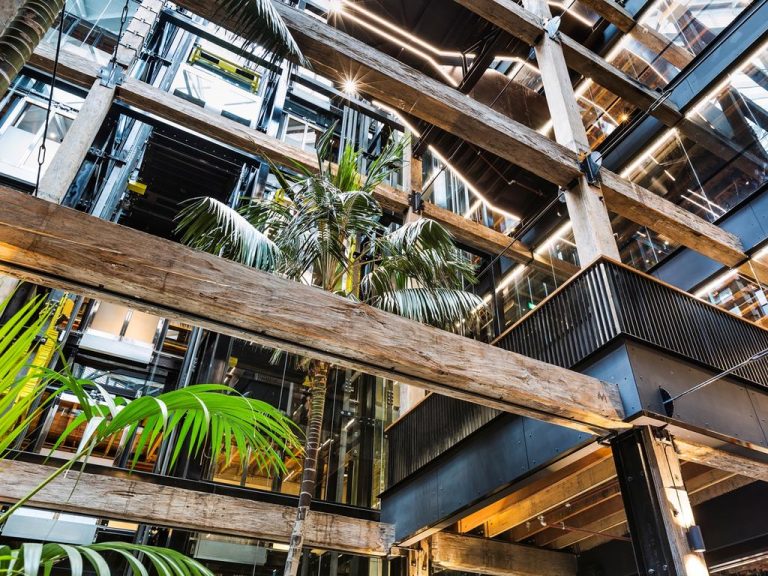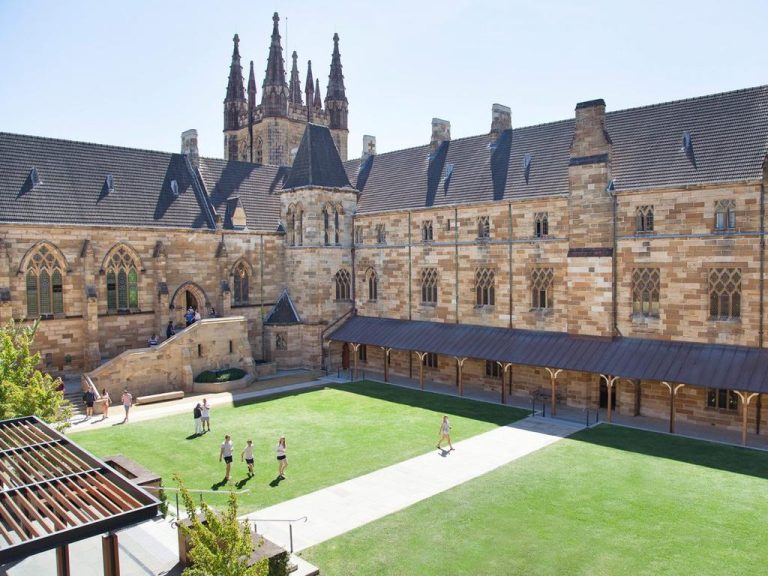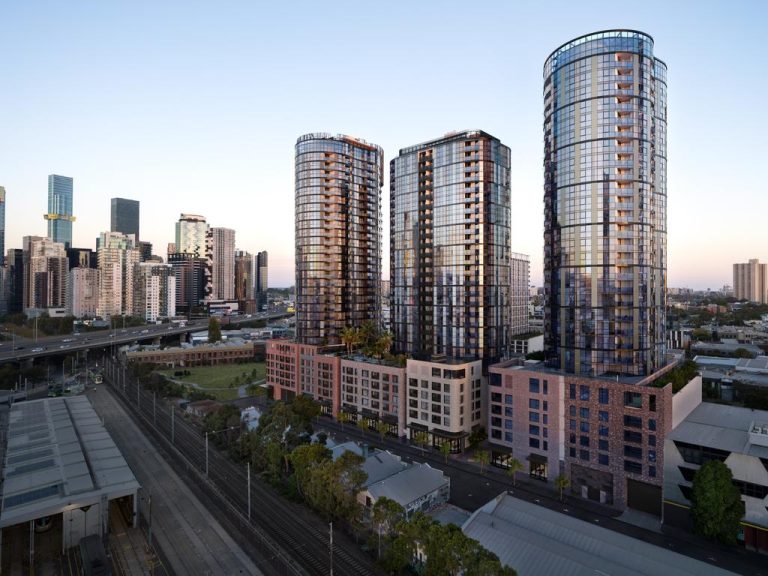Interest rates, the economy & commercial property

Is your money burning a hole in your pocket while you wonder if now is a good time to jump off the sidelines and grab a slice of commercial property?
The Reserve Bank Board’s (RBA) decision to hold interest rates steady at a historic low of 2.5% for the eighth month in a row could make it worth your while booking an appointment with your bank manager for an investment loan.
A low-rate environment offers a good potential to lock in an attractive rate before the economy begins a cycle of strong growth that inevitably means interest rates start climbing.
The RBA doesn’t like to see accelerated growth as it tends to lead to higher inflation and upset the economic balance. So it jacks up interest rates to slow down the pace of spending and borrowing and keep a lid on rising consumer prices.
Most top economists are tipping rates will go up in the next year, beginning as early as November, but not later than February.
Saul Eslake, Chief Economist at Bank of America/Merrill Lynch, told realcommercial.com.au that the consensus among the nation’s major economists is that interest rates will certainly not fall any lower.
“I, on the other hand, am not convinced that we will see the central bank raise rates this year or next,” Eslake said.
“I am less optimistic about growth in the economy. I reckon that the economy will struggle to reach growth of 3%. It will likely stay at the current 2.7% for a while.
“Just look at unemployment. It is drifting higher and that is a sign that growth is not in top gear.”
Eslake said he would not be surprised if the RBA actually made one more cut to the already low rate of 2.5% before it contemplates a rise.
He maintains, however, that potential commercial investors should not be too focussed on rates and instead consider other economic fundamentals.
“If you are interested in buying office space, look to see what office vacancy rates are doing. Also, check out the health of sectors that tend to be big users of office space, such as the public service, big corporates and the financial industry. Are they in a growth cycle or are they laying workers off and thereby not renewing leases?”
He suggested investors attracted to owning retail space should be mindful of how consumer spending is tracking.
“Certainly, retail spending has been stronger lately than it has been for a while,” he said.
“But perhaps you need to see if that is spending in bricks and mortar outlets or online.
“A shift to buying over the internet could make owning warehouses rather than shops more attractive as e-tailers require bulk buildings to store merchandise.”
But Eslake cautioned investors not to assume that the strength in online sales of the past six months would necessarily be repeated in the next 12 months.
The more than year-long spell of low interest rates has led to an increase in competition for premium properties, thus putting upward pressure on property valuations.
Those not ready to spend at any cost might be wiser to wait until higher interest rates take the heat out of competition and prices settle to a more attractive level.
However, Director of Research at Colliers International, Mark Courtney, said investors should not be scared to jump into the market just because valuations are higher.
“It’s actually a good time to buy because you know there will be more properties to choose from,” Courtney told realcommercial.com.au.
“If you wait too long to jump in, you may find that the better opportunities have dried up.”
He warns that interest rates and prices should not be the only considerations when looking for a commercial investment.
“Other key factors that have to be taken into account are just as important. For instance, are you looking for a short-term yield, steady income or for longer term capital appreciation?
“Currently, industrial properties are showing stronger returns than other classes, with tenants providing stable incomes through long leases,” Courtney said.
He added that investors attracted to shorter turnarounds might consider buying second-grade assets with “uplift, development potential”.
Savings made on the cheaper price could be used to refurbish a tired building and even put it to a new use that would attract a higher-paying tenant.
“Repackaging an asset that would attract a tenant where there was none before would also add value to the selling price.”
Putting the asset back on the market sooner rather than later after a refurbishment could produce a quick profit, in which case the level interest rates are at would not have as much bearing because the loan term would be shorter.
More insight into whether this point in the economic cycle is the best one to begin scouring the “For Sale” listings could be revealed after the RBA releases its detailed explanation about why it sat on interest rates this month.







